
Located in the heart of Tuscany, the charming city of Lucca attracts tourists with its rich history, picturesque architecture and lively atmosphere. This Italian place offers a harmonious combination of art, music and culture. The historic center of Lucci, surrounded by Renaissance walls, is a true architectural treasure. As you stroll along the cobblestone streets, you will be amazed by the well-preserved medieval buildings, elegant palaces and Romanesque churches that decorate the city’s landscape.

Lucca is a city located on the west coast of Italy, in Tuscany. It is located near the famous Pisa and is equally interesting. If you are on a trip to Florence, it is also worth going to Lucca for one day or a weekend. It only takes less than an hour to travel between the cities.
San Michele in Foro

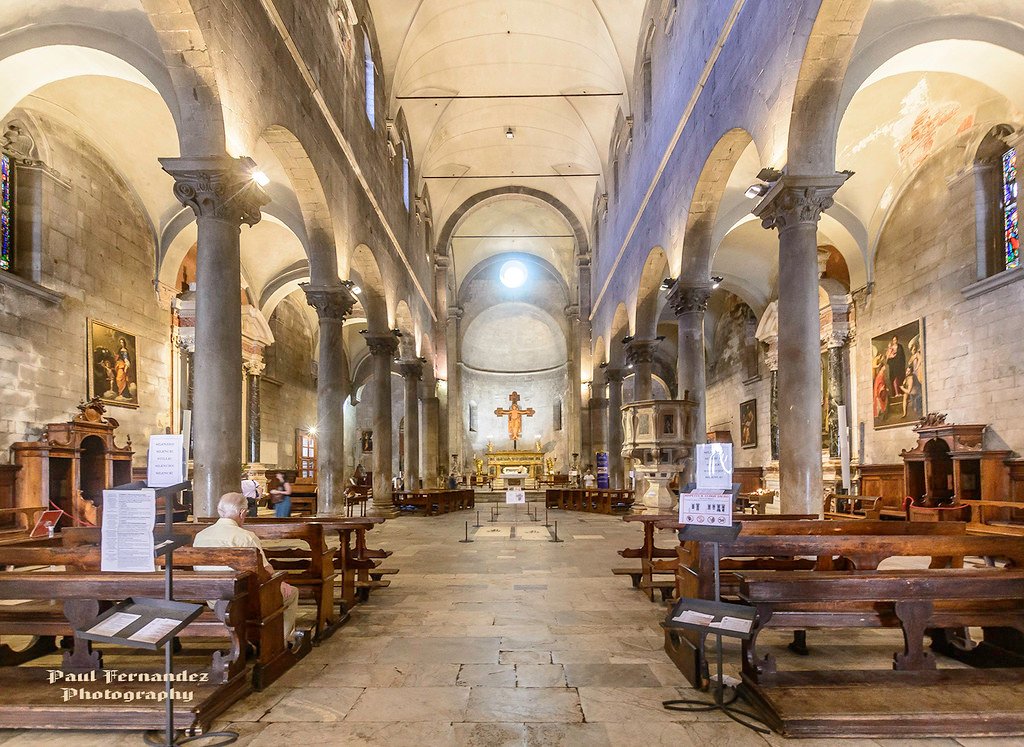
The Chiesa di San Michele in Foro is one of the most beautiful and enchanting historical structures of the city of Lucca. It is a Roman Catholic Church which was built over the remains of the ancient Roman forum. Until 1370, the church was the seat of the Consiglio Maggiore (the Major Council), which was considered as the most important assembly of the commune’s. The most significant feature of this church is that it was originally designed to be dedicated to the Archangel Michael.
Piazza dell’Anfiteatro
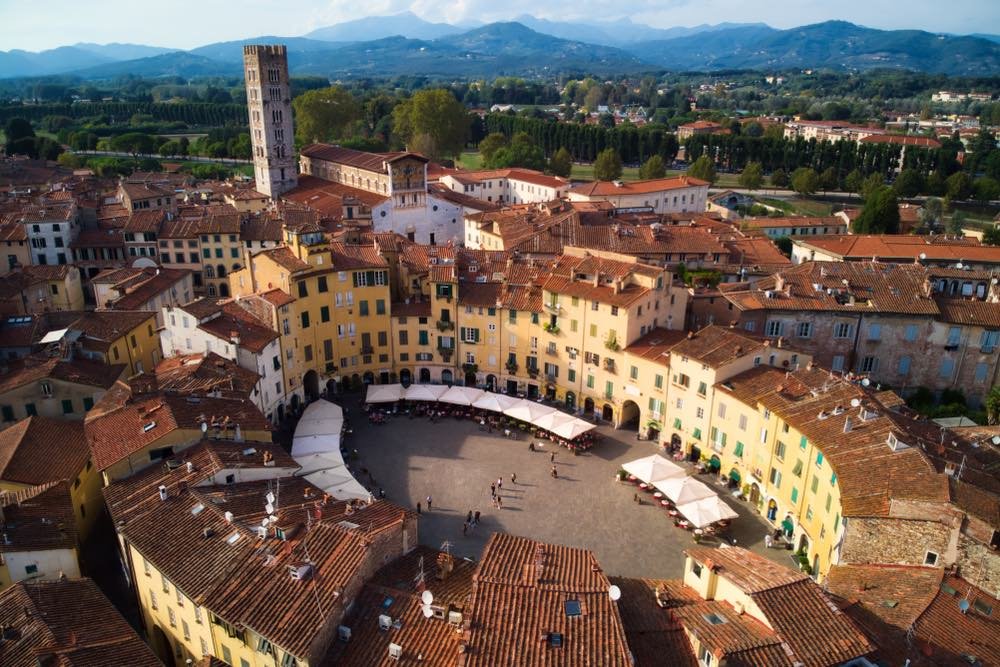

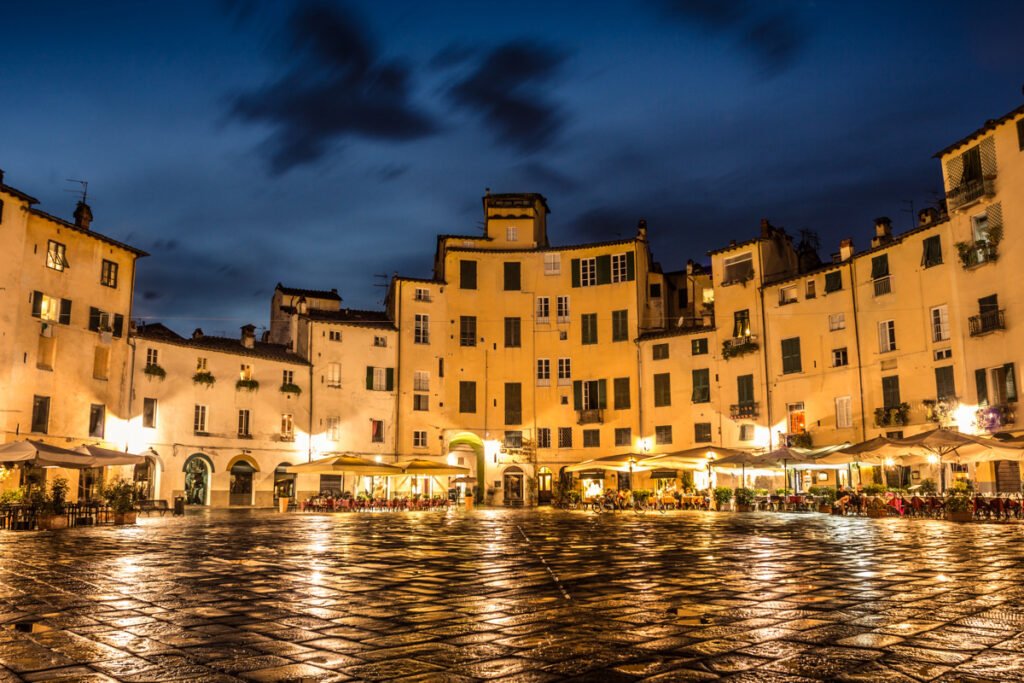
Piazza dell’Anfiteatro is a public square in the northeastern quadrant of the walled center of Lucca in the Tuscany region of Italy. The ring of buildings surrounding the square refers to the elliptical shape of the former Roman amphitheater from the 2nd century in Lucca. In ancient times when the Roman Empire used to flourish in the area, this amphitheater and entertainment center was a platform where beasts and gladiators engaged with each other in deadly mortal combats. It is now a very popular tourist destination and has many cafes and restaurants.
Piazza Napoleone

Piazza Napoleone, commonly called “Piazza Grande”, is one of the main squares of the old city. The origins of the square date back to 1806, when the Duchy of Lucca was under Napoleon’s rule, held in the city by Elisa Bonaparte Baciocchi, Napoleon’s sister.
Torre Guinigi
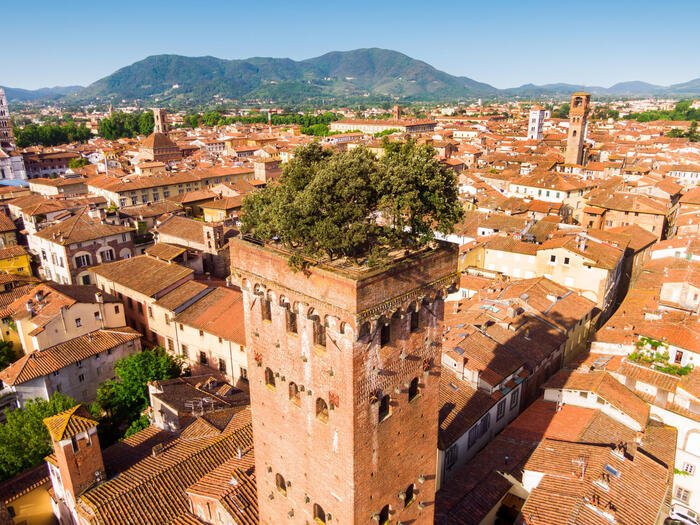

The Guinigi Tower was built in the second half of the fourteenth century by the Guinigis, a rich merchant family. It’s one of the few remaining towers in Lucca, a city which in the fourteenth century was crammed with these ancient skyscrapers. A tower’s height reflected the prestige and importance of the family that it belonged to and in fact, families competed to have the tallest tower. The Guinigi tower is typical with its Romanesque-Gothic architecture in the local style, and decorative cornices and coats of arms.
Duomo di San Martino
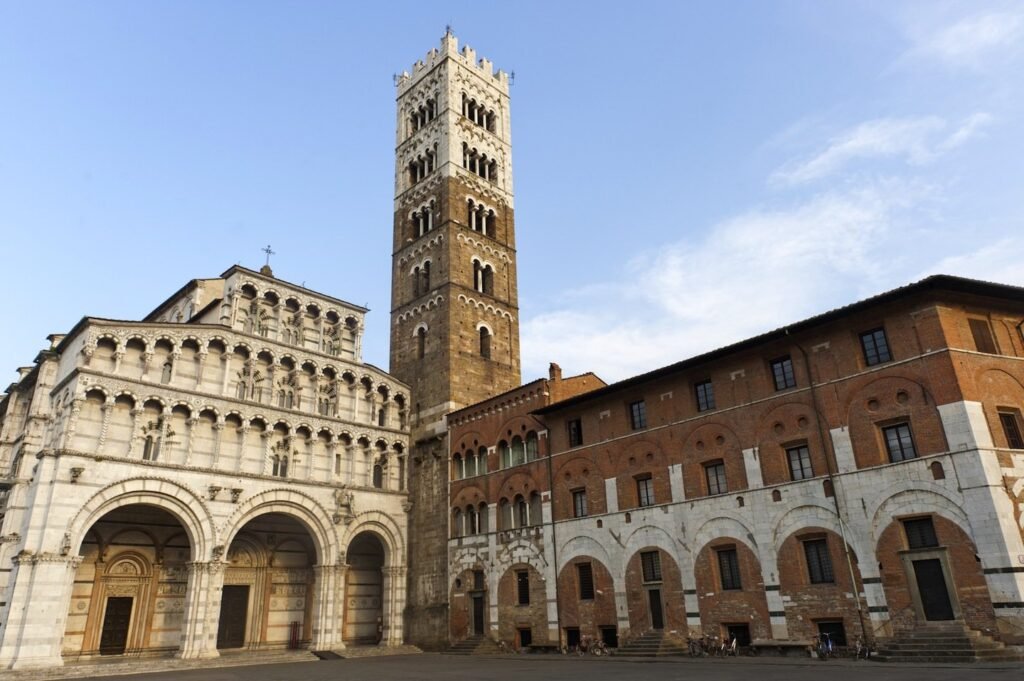
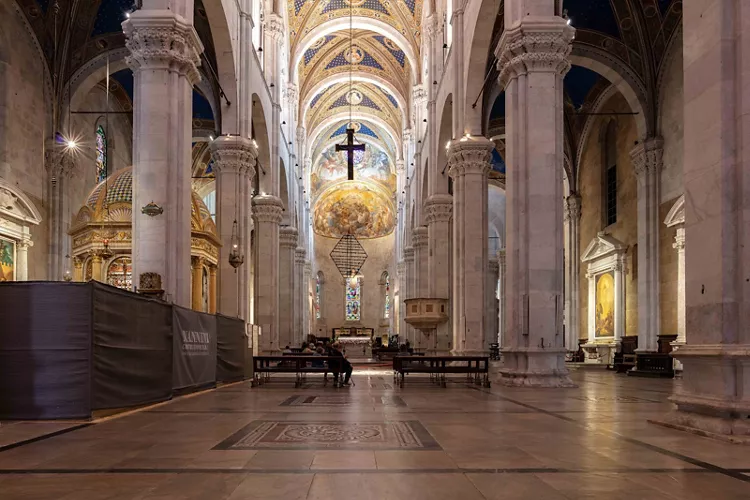
The Cathedral of Lucca, dedicated to San Martino, according to tradition was built by will of San Frediano, the bishop of Lucca, who died in 588. The Cathedral was completely rebuilt between 1060 and 1070 and then solemnly consecrated in 1070 by Anselmo da Baggio, who had already become Pope Alexander II, in the presence of Countess Matilde of Canossa. The works continued in alternating phases until 1637, when they concluded with the construction of the Sanctuary Chapel.
Basilica of San Frediano
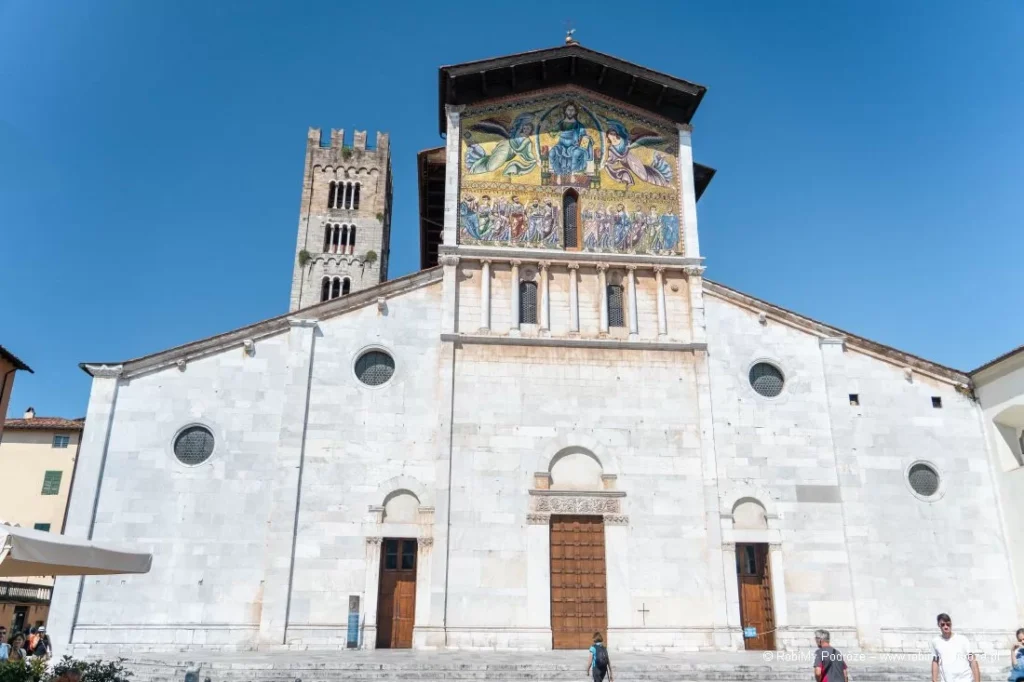
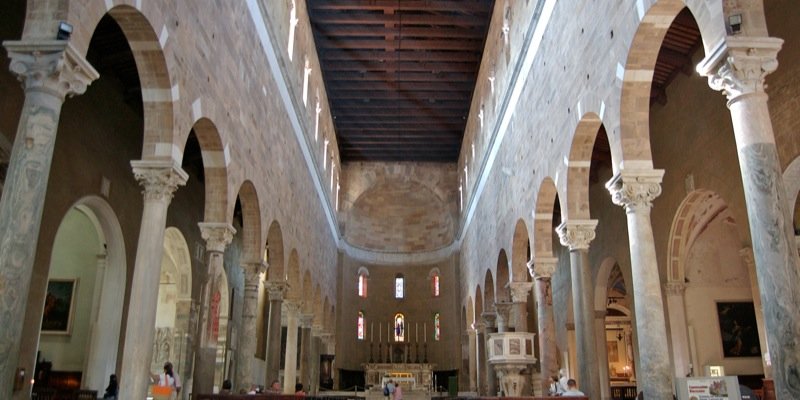
The Basilica of San Frediano isthe oldest church in Lucca, named for a bishop from Ireland who came to Lucca and established the church, originally dedicated to San Vincenzo. It was renamed in honor of the saint, who is buried in the crypt. The original church was built in the 6th century but the present structure was begun in 1112 and dedicated in 1147. There were renovations in the 13th century that added the incredible mosaics on the facade and other decorations. The exterior boasts a rounded apse adorned with bands of white marble, and a tall bell tower.
Palazzo Pfanner

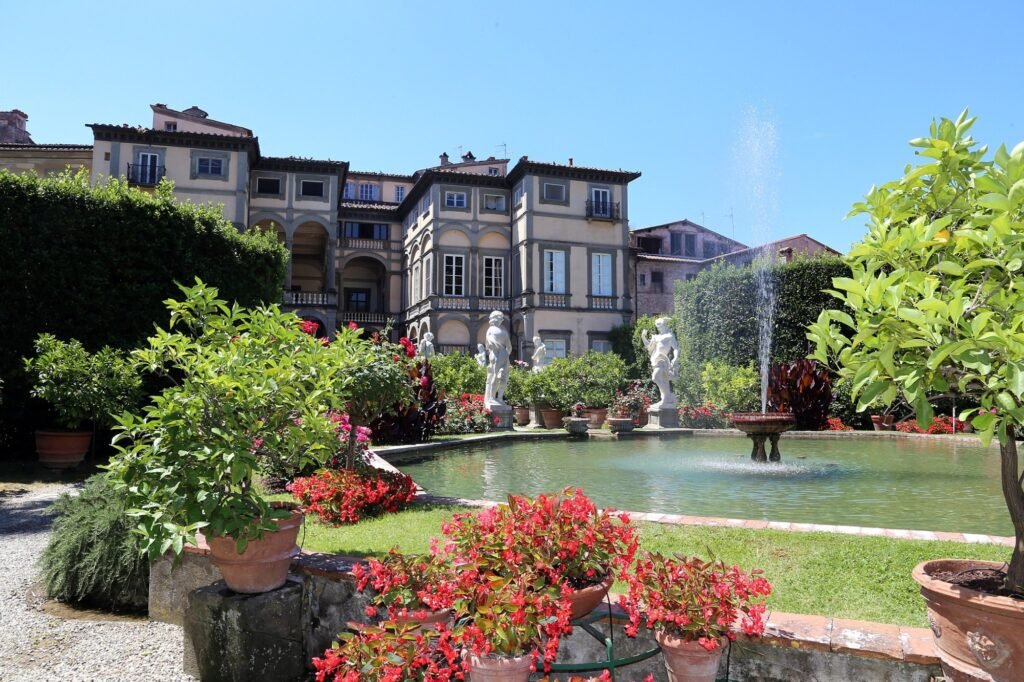

Palazzo Pfanner is an elegant Renaissance residence located in the historic centre of Lucca, not far from the fortified walls and the medieval beauties of the city. Occurences at the villa have seen it pass from family to family, and it began to be built in the second half of the 17th century on commission from the Moriconi family who were rich silk merchants, who it was soon sold due to a sudden economic failure, thus passing into the hands of the Controni in 1680. Only later did the residence become the property of the Pfanner family.
Mura di Lucca

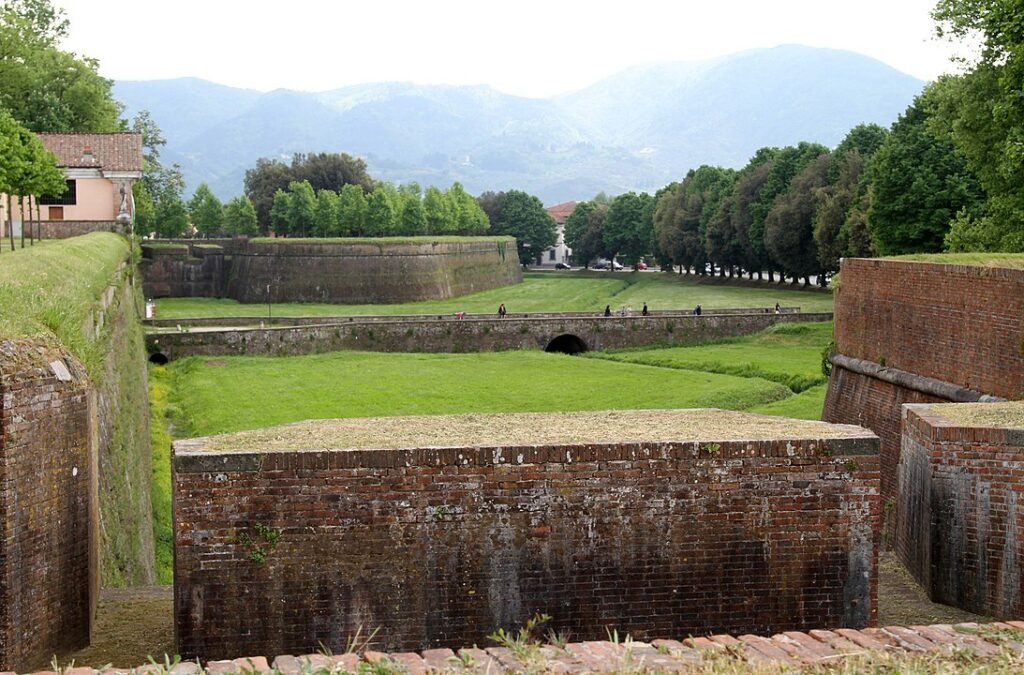
The City Walls of Lucca, a defensive machine built between the mid 1500s and mid 1600s, is today a big park embracing the city. A promenade, unique in the world, with an uninterrupted and constantly new view on the monuments, churches and palaces of the city. From Baluardo Santa Maria, where the Caffè delle Mura has been based since 1840, proceeding to the left, you pass the castle above Porta San Pietro.The Wall of Lucca has a place in the heart of its inhabitants. Every day at any time you will find people walking, do sunbathing or practising sports. Throughout the year, various kinds of events, from concerts to gardening expos to sports.
Torre delle Ore
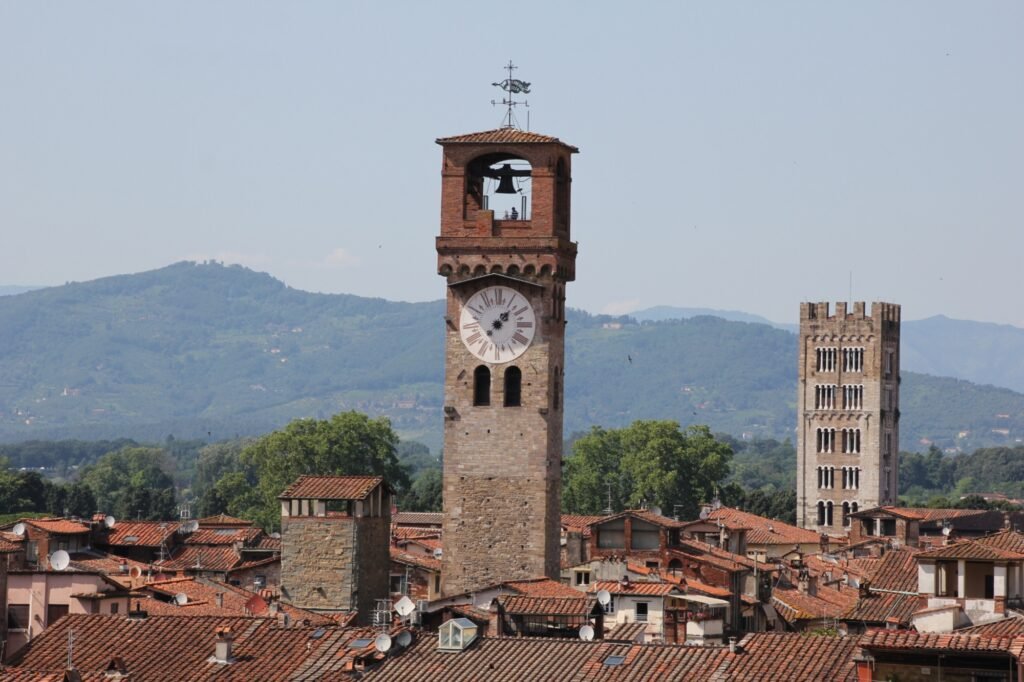
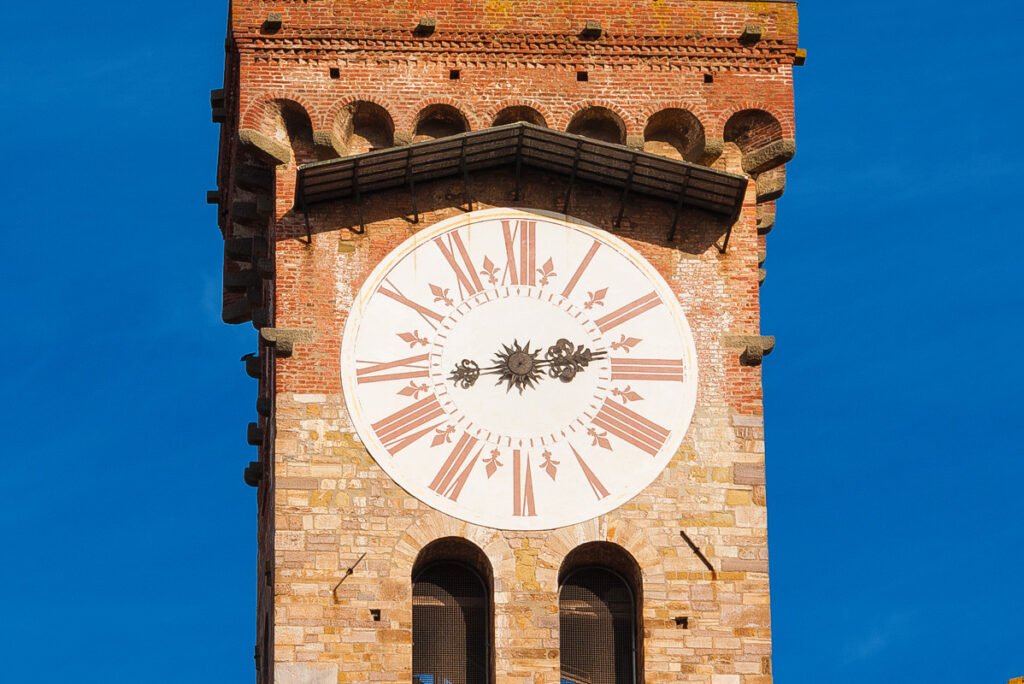
The Torre delle Ore in Lucca stands tall at 50 meters, making it the tallest among the 130 towers built in the city since Medieval times. Located centrally on via Fillungo, at the corner with via dell’Arancio, it remains one of the only two surviving towers, the other being Torre Guinigi. Visitors can explore the tower by ascending the original wooden staircase of 207 steps, where they can admire the clock mechanism.
Holy Face of Lucca

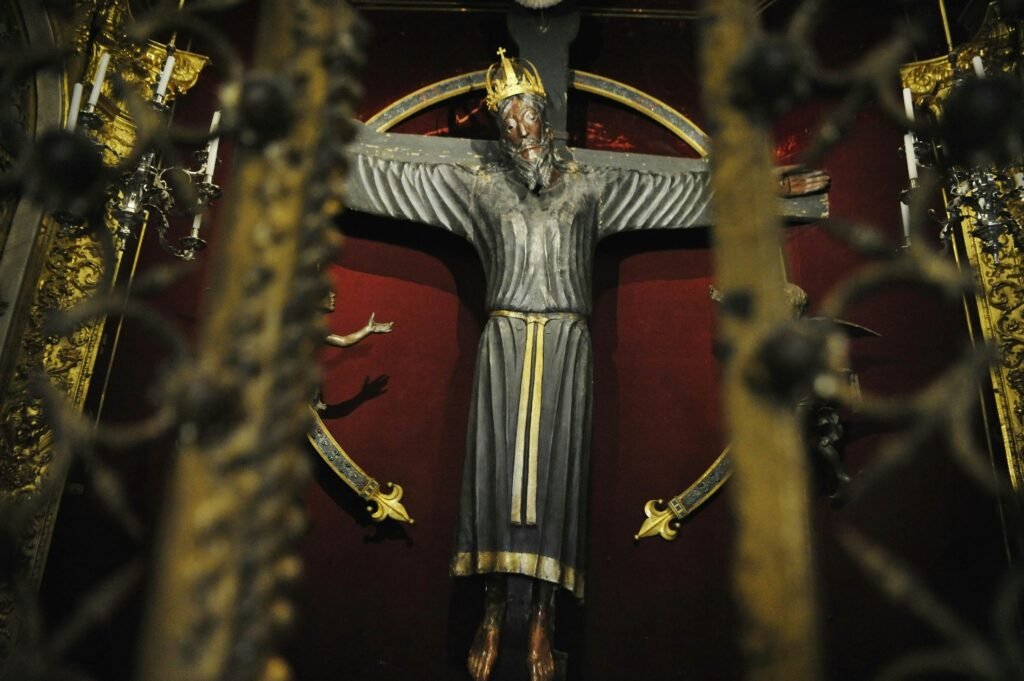
Volto Santo (Holy Face) is a tall wooden sculpture of the crucified Christ located in the Cathedral of St. Martin in Lucca in Tuscany, dating from the second half of the 12th century. The current crucifix was created in the 12th century and carved by an artist from the circle of the Italian sculptor Benedetto Antelami.

Ducal Palace
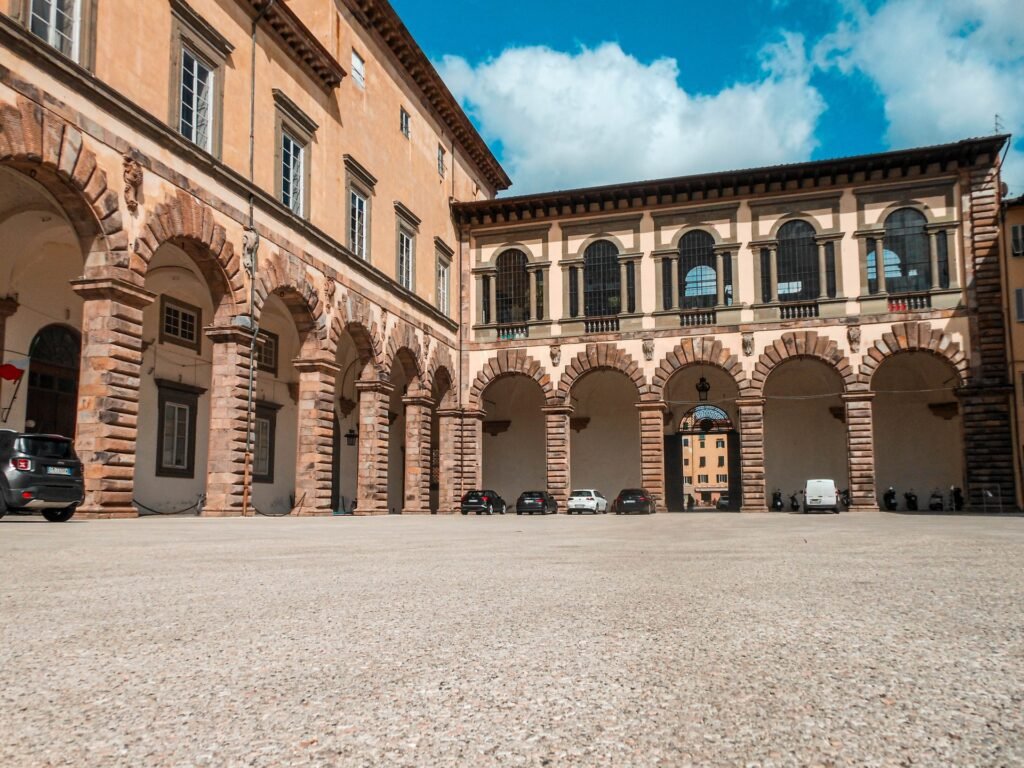
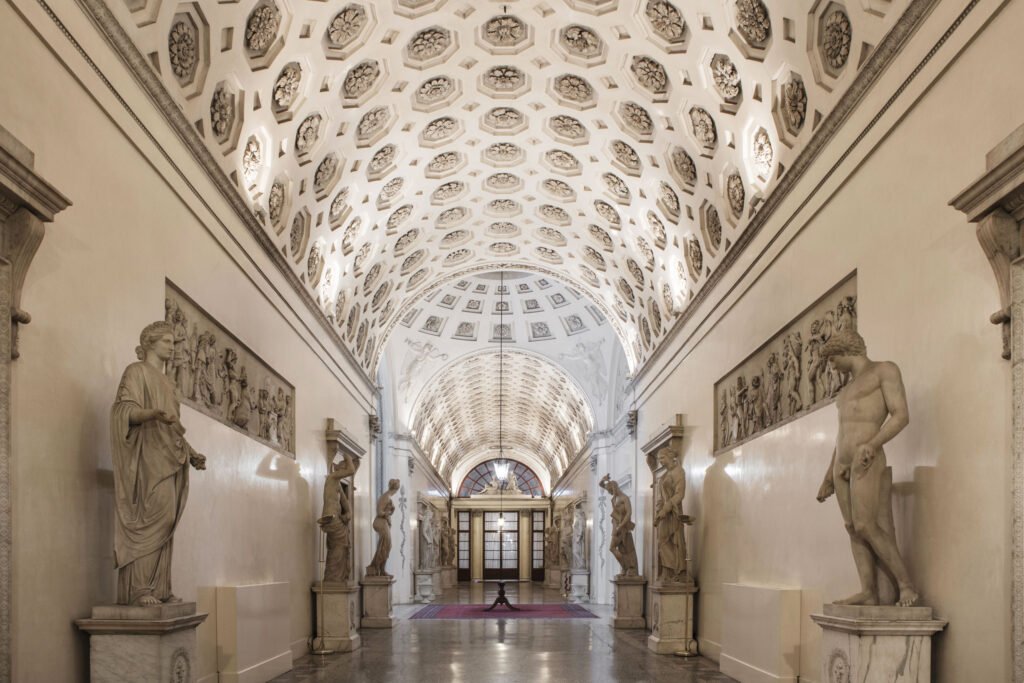
A symbolic place of political power in Lucca, Ducal Palace had a central role during the days of insurrection and liberation of the town in September 1944. Since its creation, the Ducal Palace was the location of the political representation of the town. The Augusta Fortress of Castruccio Castracani was built here in the 14th century; the Citadel in the 15th century; and then the Public Palace.
